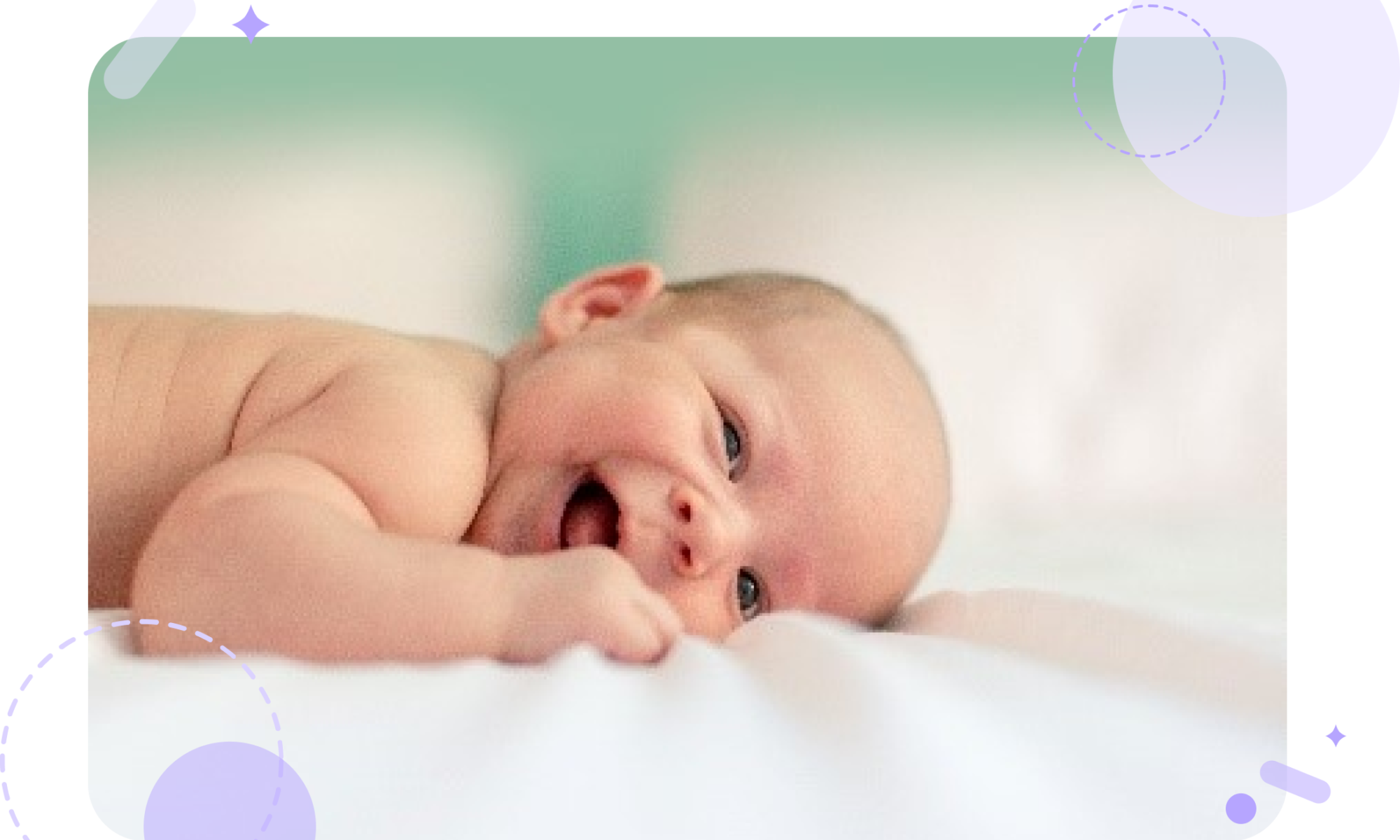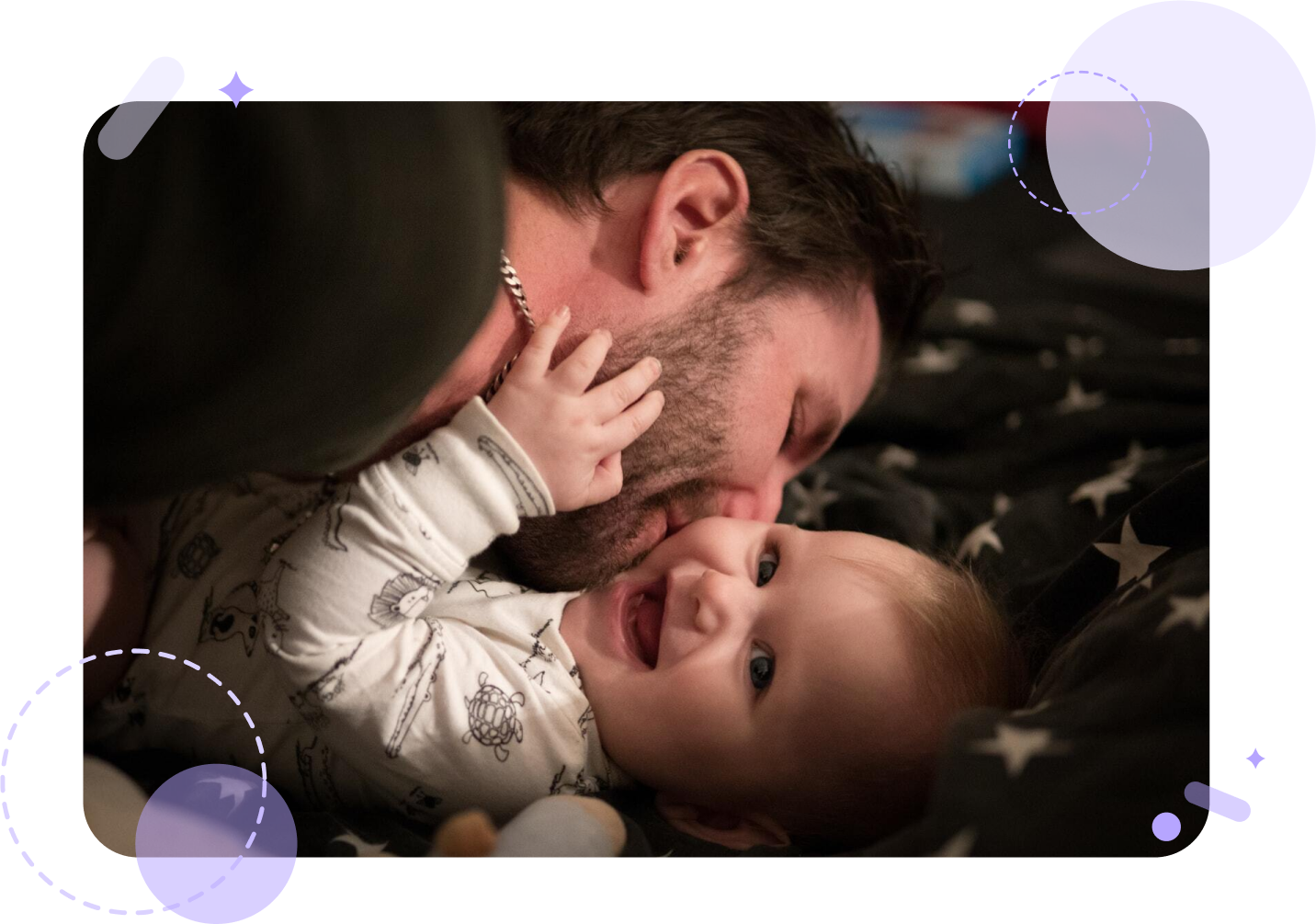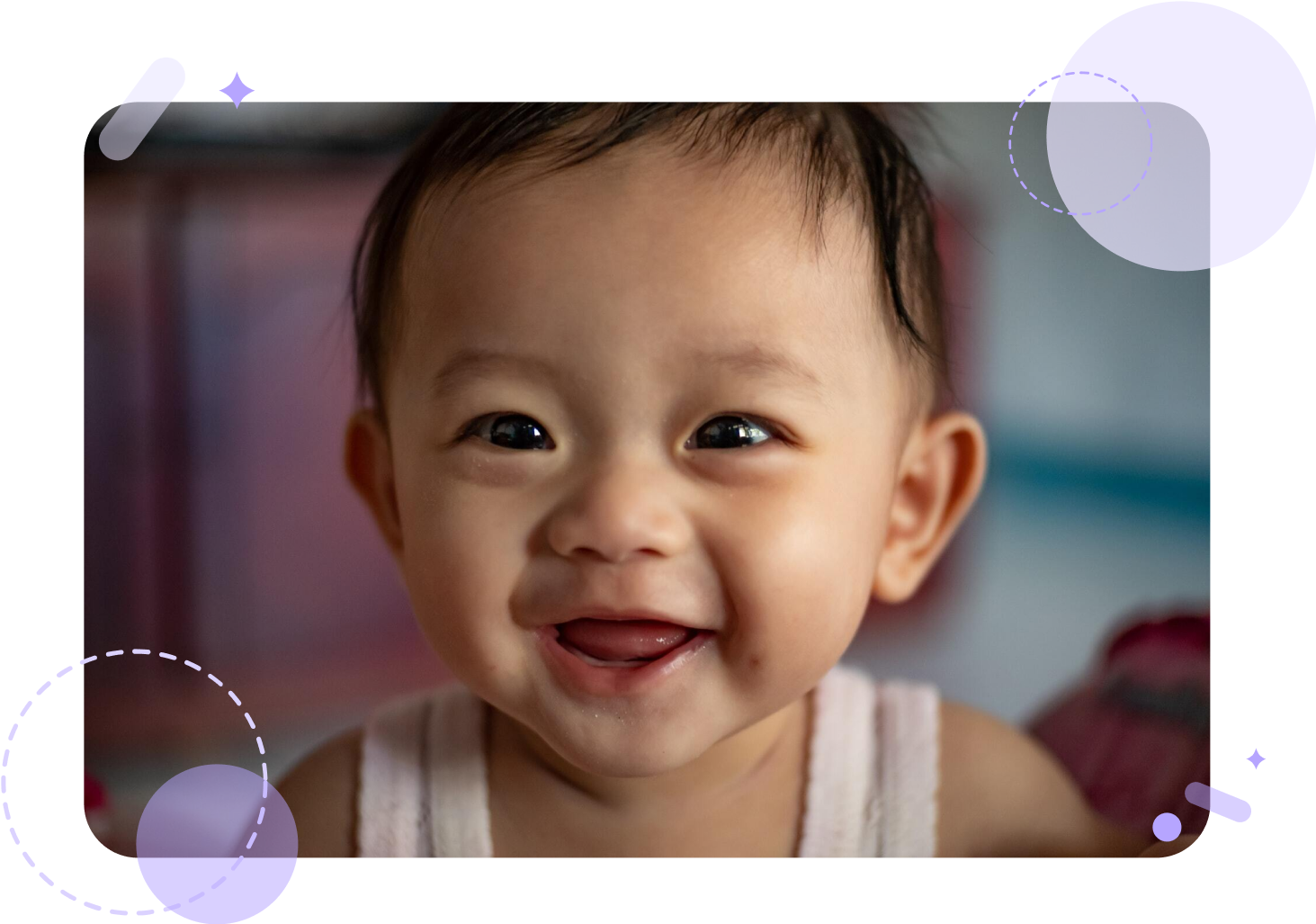
Making connections is a cornerstone of the human experience, and by some miracle, babies begin to develop communication skills right at birth. From the moment your baby enters the world, often kicking and screaming, they rely on two basic pillars of connection to make themselves known: receptive and expressive communication. But what does it all mean?
As a new parent, it’s not always easy figuring out what your baby is trying to tell you. Newborn communication skills are the foundation of your child’s future reading, writing, and social skills, so it’s essential for parents to encourage development. To keep things from getting lost in translation along the way, we’re here to help separate the babbles from the coos – and to explain everything else in between.
Receptive Communication
Babies demonstrate their ability to hear and understand messages from others using their receptive communication skills. Long before your baby utters their first word, they will pay close attention to external sounds and react by turning their head toward a familiar voice, or by startling at loud and unexpected noises.
Your newborn’s sound alertness begins in the womb and continues developing after birth. Human voices, especially parental voices, are music to your baby’s ears because they associate these sounds with familiarity, comfort, and, most importantly – food. As babies age, they become increasingly more receptive to a wider variety of auditory stimuli.
Expressive Communication
In addition to their developing receptive communication skills, growing babies become more responsive too. Expressive communication skills refer to your baby’s ability to convey messages to others through sounds, body language, facial expressions, and more. In the early days, you’ll probably notice a broad spectrum of communicative development milestones, including:
Crying
If it feels like your baby’s cries might as well be a foreign language, don’t worry – you’ll be fluent in no time. Your little one was born with the ability to cry, so it makes sense that this becomes their primary means of communication during the first few months of life.
In general, babies cry when they need things like food, a diaper change, sleep, snuggles, and so on. All those tears could also signify discomfort, overwhelm, and in rare cases, pain or illness. Always consult a medical professional if you suspect any issues. Most often, crying is a normal process of newborn communication. Given time, you’ll recognize what each cry signifies so you can respond accordingly.
Cooing
From 0 – 3 months of age, your baby will likely begin making cooing sounds, typically in reaction to seeing familiar faces and hearing familiar voices. Usually, cooing occurs at the six to eight-weeks stage and transitions to laughter around 16-weeks as your baby interacts more with the world around them. Baby babbling comes much later down the road, but you can expect this fun new milestone around the six to nine-month mark.
Facial Expressions
There’s nothing quite like seeing your baby smile, and while some of those initial first-week smiles are likely reflexes, you can expect genuine smiles at some point during the 0 – 3 months period. Just like adults, babies often smile reactively – either as an imitation, or an emotional response to stimuli.
Body Language
Another form of communication your newborn will rely on is body language, from which you can glean important cues as to tiredness, hunger, mood, and more. As an obvious example, tired babies might yawn, fuss, or try to rub their eyes. You’ll also start to recognize obvious signs when it’s time for a feeding, some active play, or a break.
As your baby develops, their communication skills will advance to make it easier for you to understand and address their needs. Until then, don’t stress over the struggle. It’s okay – and normal – to feel like you’re communicating with a little alien! Give it some time, trust your parental instincts, and for everything else, there’s Marble!
Wish you had a baby translator? We’ve got the next best thing. Take the guesswork out of communicating with your little one using the evidence-based insights on the Marble app!
References
- Pathways: Topics of Development: Communication
- Kids Health: Communication and Your Newborn
- Healthline: Language Milestones: 0 to 12 Months
- Children’s Therapy & Family Resource Centre: Infant Developmental Milestones
- Wexner Medical Centre | Ohio State University: Speech and Language Development
- Cook Children’s Health Care System: Your Newborn’s Hearing, Vision, and Other Senses
 Back
Back

